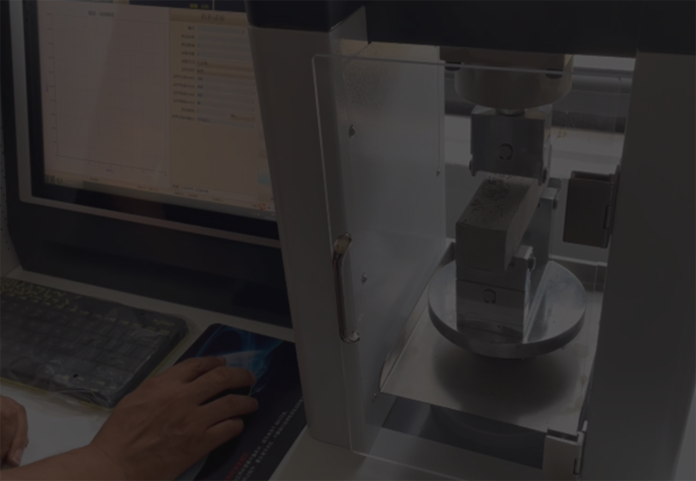
Nov . 27, 2024 02:13 Back to list
Exploring Various Grades of HPMC and Their Applications in Different Industries
Exploring Different Grades of HPMC Understanding Their Applications and Characteristics
Hydroxypropyl Methylcellulose (HPMC) is a versatile and widely used cellulose ether in various industries, particularly in pharmaceuticals, food, and construction. Its multifunctional properties make it a popular choice among manufacturers and formulators. However, not all HPMC grades are created equal; they vary significantly in their chemical composition, viscosity, solubility, and application suitability. This article delves into the different grades of HPMC, outlining their unique characteristics and applications.
Exploring Different Grades of HPMC Understanding Their Applications and Characteristics
In pharmaceutical applications, HPMC plays a crucial role as a binding and coating agent. In immediate-release formulations, low viscosity grades are preferred for their rapid dissolution characteristics, making them suitable for tablets and capsules designed for quick drug delivery. Meanwhile, high viscosity grades are utilized in sustained or controlled-release formulations, where a gradual release of the active ingredient is desired. These polymers also serve as stabilizers in suspensions and emulsions, contributing to the overall stability and efficacy of pharmaceutical products.
different grades of hpmc

In the food industry, HPMC is prized for its emulsifying, thickening, and gelling properties. Low viscosity grades are commonly employed in gluten-free baking as a substitute for gluten, providing texture, moisture retention, and shelf-life extension. Higher viscosity grades can be found in sauces, dressings, and dairy products, where they enhance mouthfeel and improve product consistency. The ability of HPMC to form viscous solutions even at low concentrations makes it an invaluable additive in many food formulations.
The construction industry also benefits from various HPMC grades. As a key ingredient in tile adhesives, mortar, and plasters, HPMC improves workability and provides water-retention properties. When mixed with cement, HPMC enhances the bonding strength and flexibility of the material, which is crucial for both interior and exterior applications. Low viscosity grades are particularly effective in providing a good spreadability of the mortar, while higher viscosity grades ensure better adhesion and durability.
In addition to their functional properties, HPMC grades are chosen based on regulatory compliance and safety standards. Different applications may require specific grades that meet certifications such as Food and Drug Administration (FDA) standards for food additives or pharmaceutical excipients. This necessitates a thorough understanding of the end-use application and the corresponding regulatory requirements.
In conclusion, the diverse grades of HPMC offer unique characteristics that cater to a wide range of applications across different industries. Understanding the distinctions between low and high viscosity grades, as well as their specific functionalities, is essential for formulators and manufacturers. As industries continue to evolve, the demand for innovative HPMC applications will likely grow, driving further research and development in this fascinating area of material science. Whether it is in pharmaceuticals, food, or construction, HPMC remains a critical ingredient, enhancing product performance and consumer appeal.
-
HPMC for Tile Adhesive: Superior Bonding & Workability
NewsAug.30,2025
-
Premium Cellulose Ether: Effective Liquid Thickener Solutions
NewsAug.29,2025
-
HPMC for Tile Adhesive: Enhanced Bonding & Workability
NewsAug.28,2025
-
tile-bonding-additives-for-stronger-bonds
NewsAug.22,2025
-
construction-grade-rdp-for-wholesale-needs
NewsAug.22,2025
-
trusted-hec-supplier
NewsAug.22,2025







